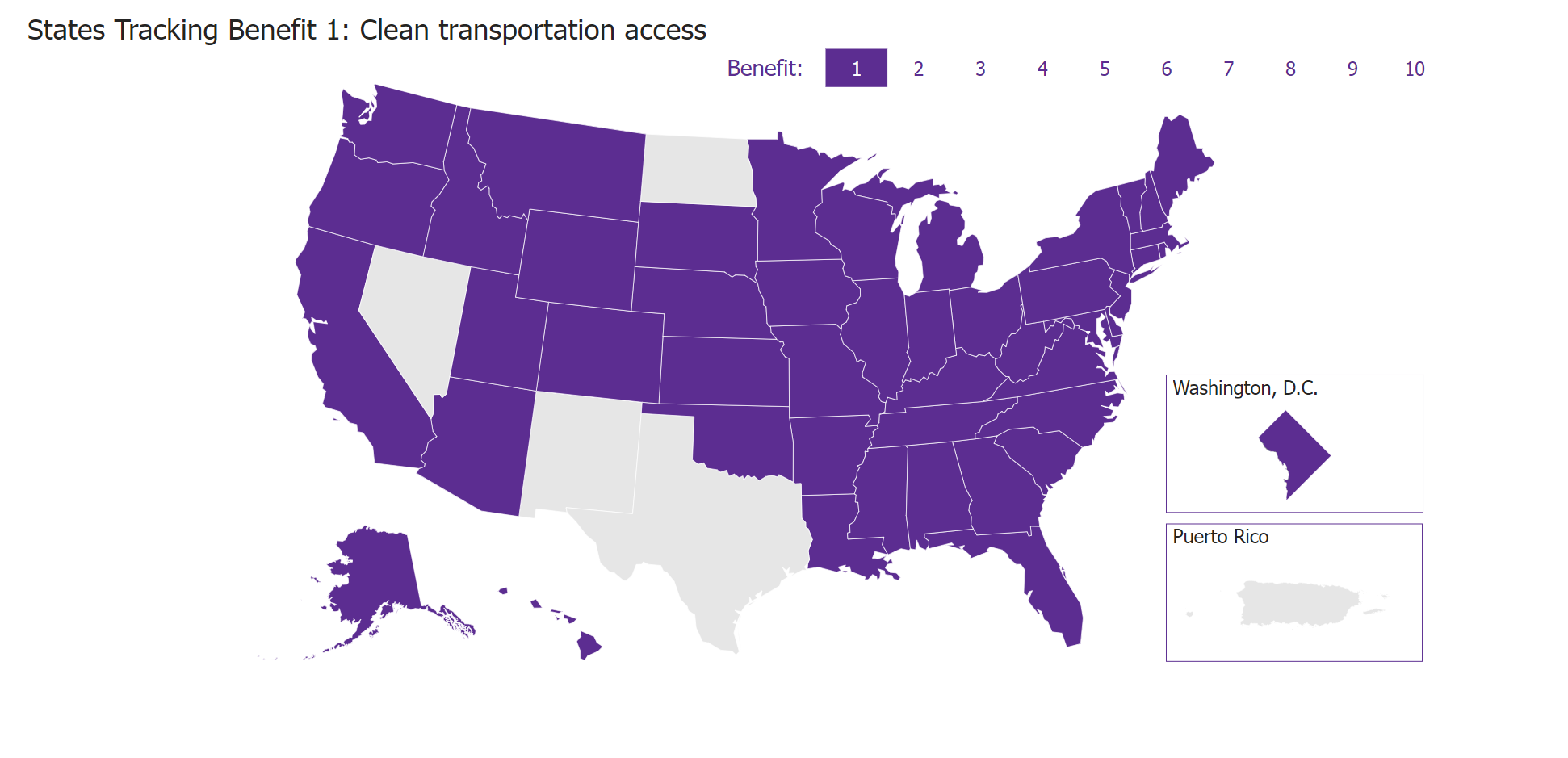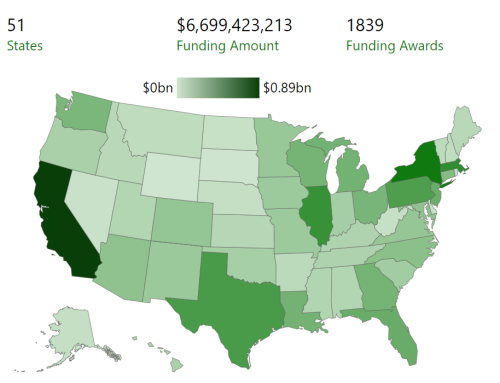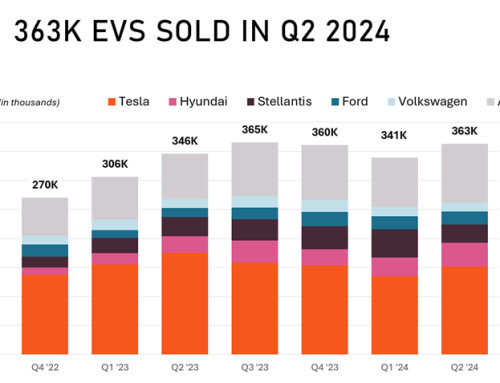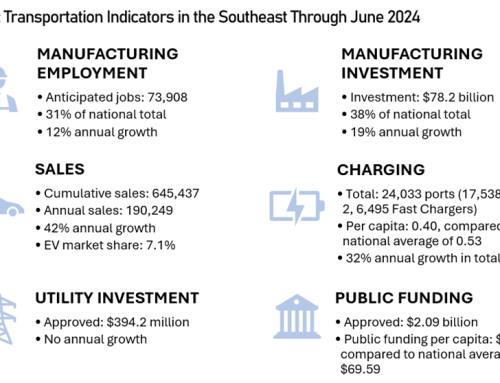
Source: NEVI Equity Dashboard
The National Electric Vehicle Infrastructure (NEVI) program is progressing rapidly, with states currently awaiting approval of their Fiscal Year (FY) 2025 plans. NEVI is a five-year, $5 billion formula grant program designed to help states strategically deploy electric vehicle (EV) charging infrastructure along highway corridors. Since the program’s inception, states have awarded nearly $423 million in funding, mostly to private developers to install EV charging stations, a critical step in expanding the nation’s EV infrastructure.
Equitable deployment of EV charging infrastructure is a priority under the NEVI program, particularly in alignment with the Justice40 Initiative. This federal commitment mandates that at least 40 percent of the benefits from certain federal programs be directed to “Disadvantaged Communities” (DACs). This focus on equity ensures that underserved areas receive the environmental, economic, and social benefits of clean transportation. We have written about Justice40 implementation in the NEVI program in an earlier digest.
In collaboration with the Georgetown Climate Center, the National Association of State Energy Officials (NASEO), and the American Association of State Highway and Transportation Officials (AASHTO), Atlas developed the NEVI Equity Dashboard. This dashboard provides a comprehensive overview of how states, the District of Columbia, and Puerto Rico integrated Justice40 principles into their FY2024 NEVI plans, the third year of the program. The dashboard can serve as a valuable resource for state policymakers as they update and implement their NEVI plans, and also offers the public insights into how Justice40 is being considered within the program.
In their FY2024 NEVI program guidance, the Federal Highway Administration provided 10 specific equity benefits, and the dashboard tracks how states incorporated these into their NEVI plans. The dashboard also summarizes state strategies for monitoring and measuring the impact of NEVI investments on DACs and documents how each state identified DACs, whether through state-specific EV charging maps, the Climate Economic Justice Screening Tool (CEJST), or other methodologies.
The benefits in the guidance and the number of states tracking each benefit are:
-
Improving clean transportation access through charger location: 38 states
-
Decreasing transportation energy cost burdens by ensuring affordable charging: 25 states
-
Reducing exposure to transportation-related emissions: 41 states
-
Increasing parity in access and adoption of clean energy technologies: 15 states
-
Expanding access to low-cost capital for the equitable adoption of more expensive chargers: 13 states
-
Growing the clean energy job pipeline, job training, and enterprise creation in DACs: 34 states
-
Enhancing energy resilience: 18 states
-
Providing charging infrastructure for transit and shared-ride vehicles: 9 states
-
Improving equitable access to the electric grid: 7 states
-
Minimizing gentrification-induced displacement caused by new EV charging infrastructure: 5 states
Upon reviewing the FY2024 plans, three key takeaways emerge: First, states have employed a variety of methods for measuring the benefits to communities from NEVI investments, with some providing detailed methodologies and tracking plans. Second, many states are leveraging existing equity and environmental justice processes and resources to identify DACs and ensure compliance with Justice40 requirements. Lastly, federal guidance and templates have played a role in shaping state plans to meet Justice40 goals.
The dashboard is a free and public resource that can be viewed here.


